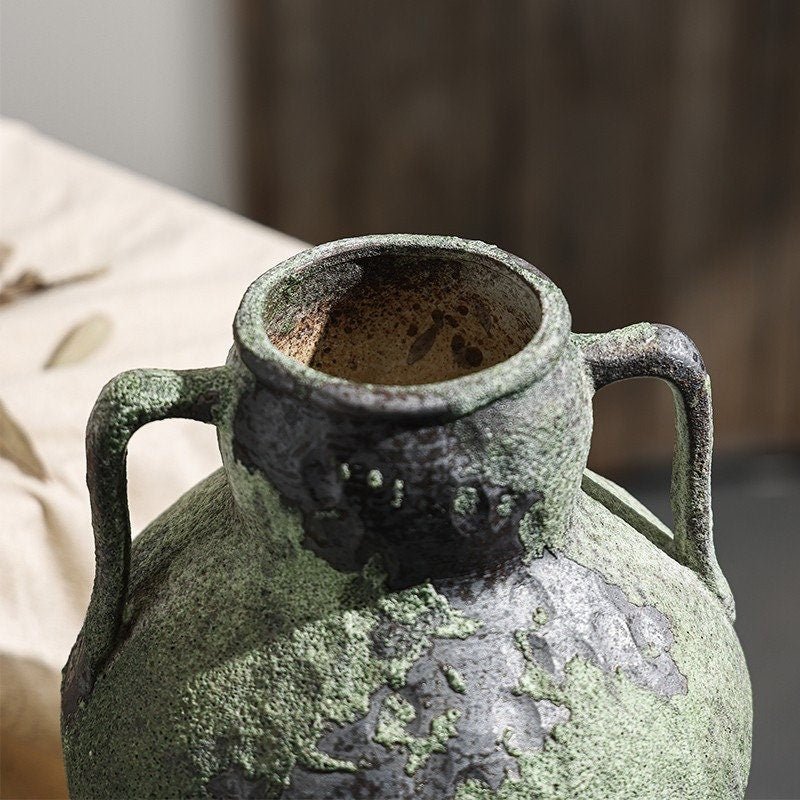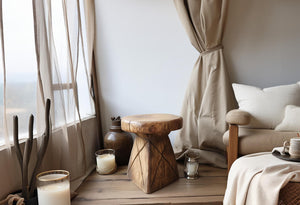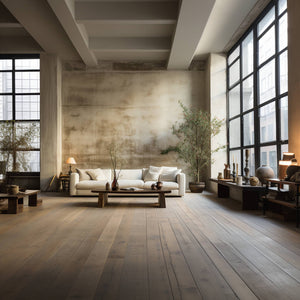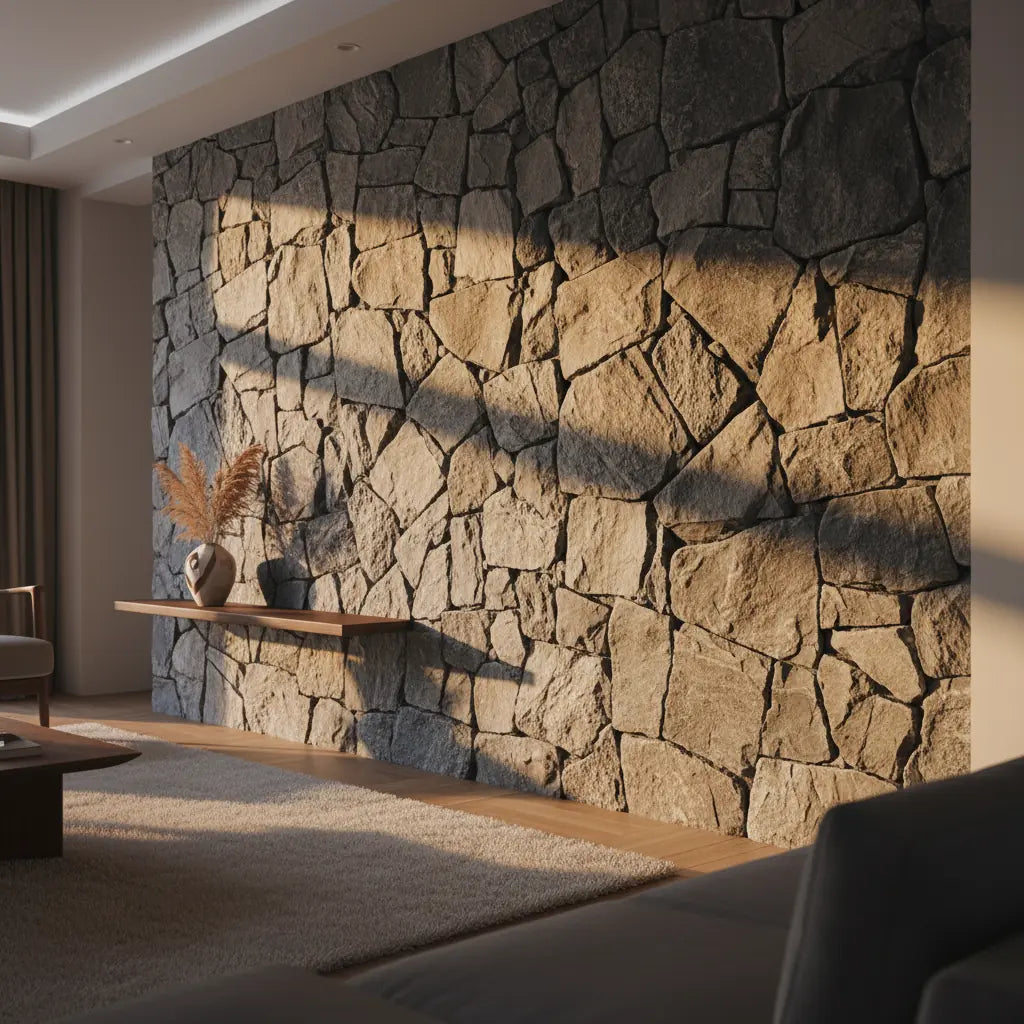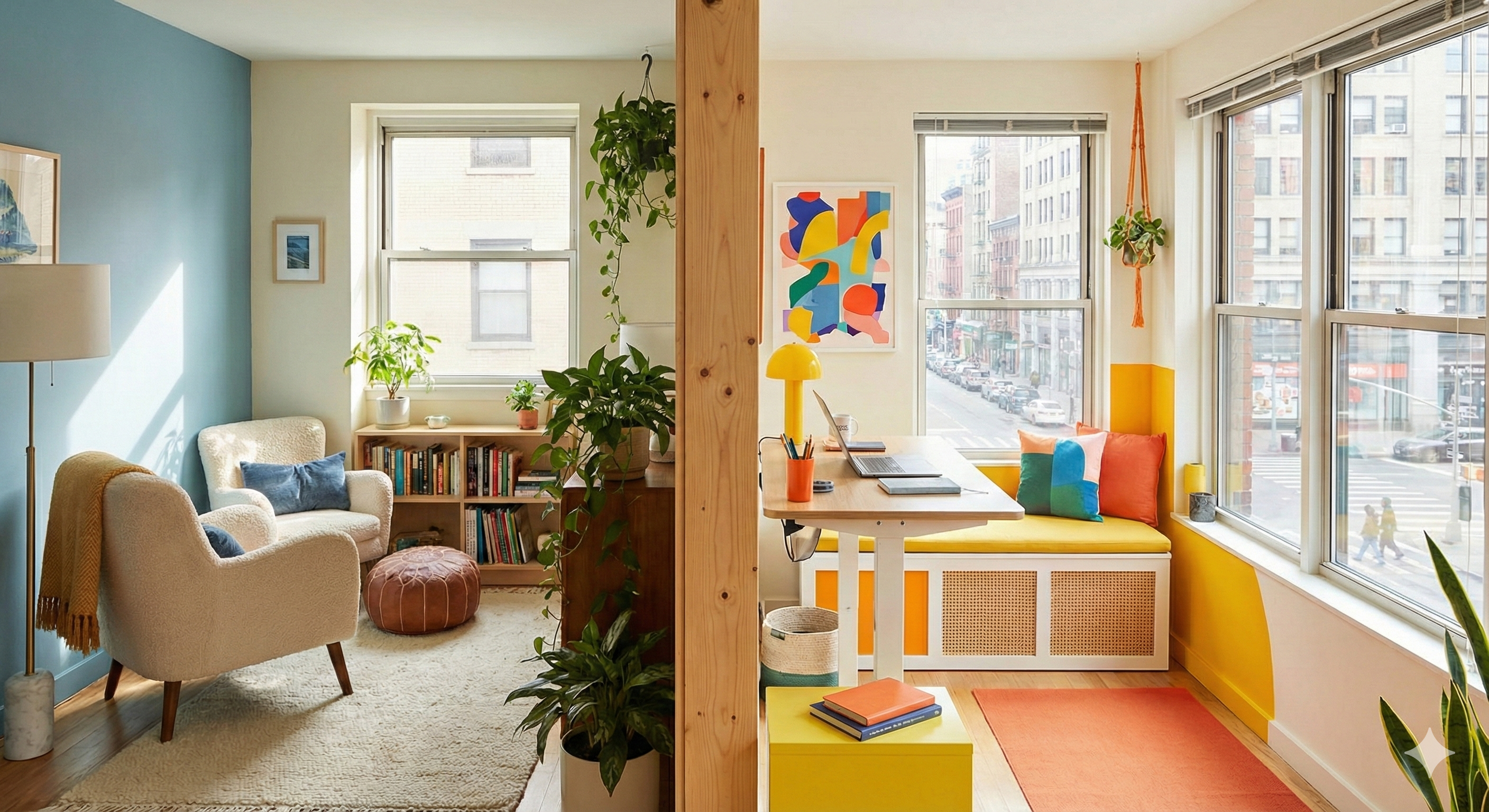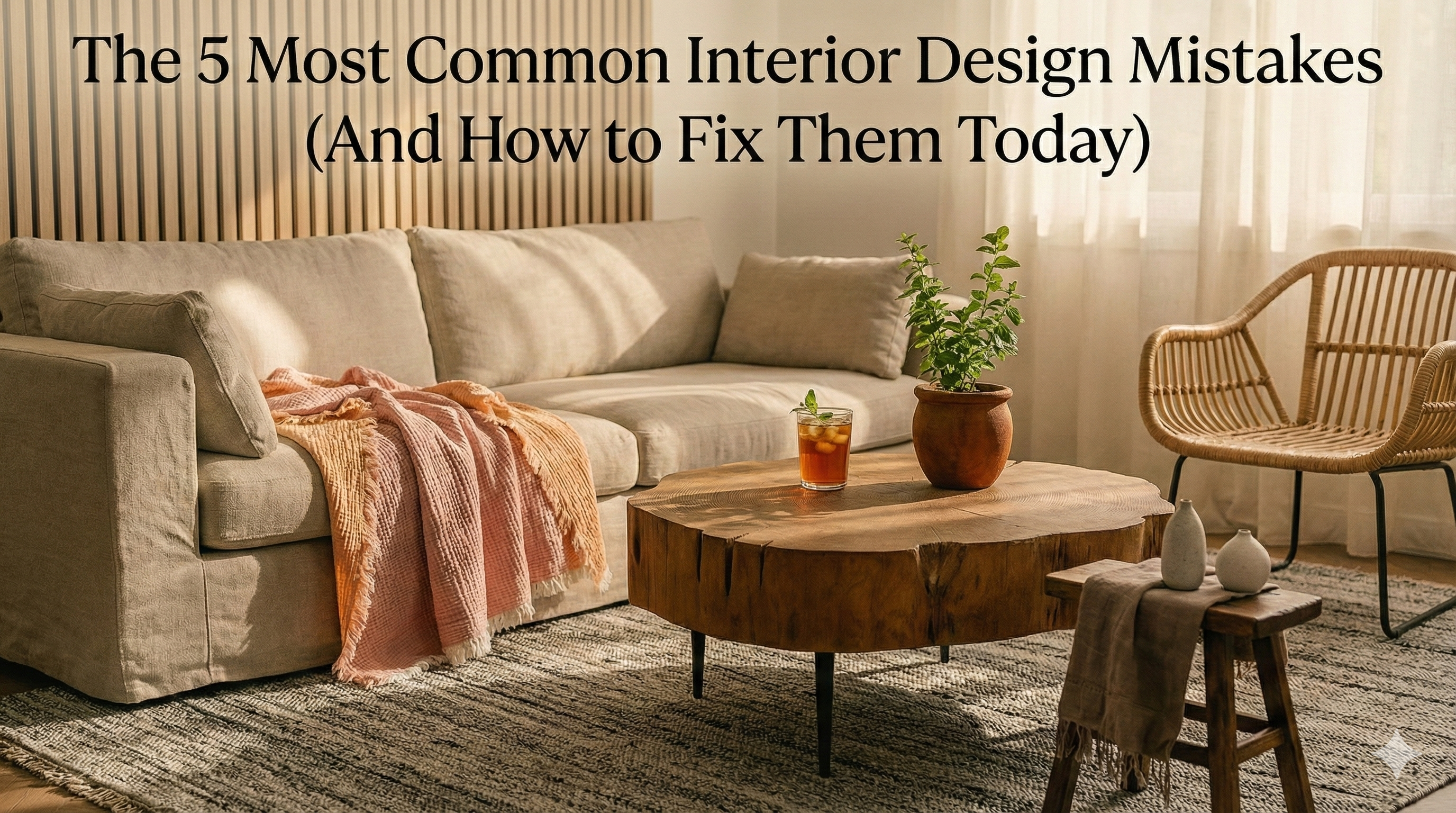In the world of interior design, trends come and go, but some philosophies have centuries of history. One such is Wabi-Sabi, a Japanese concept that celebrates imperfection, simplicity, and transience. Here we will dive into the rich history of Wabi-Sabi and explores how it evolved from a profound way of life to a popular decor trend in modern times.
The Origins of Wabi-Sabi
The roots of Wabi-Sabi trace back to ancient Japan, as far back as the 15th century. It's essential to break down the two components of this philosophy:
- Wabi: Referred to the kind of life led by monks, characterized by austerity and a sense of solitude. It was about finding contentment in simplicity and acceptance of life's imperfections.
- Sabi: Associated with the beauty that comes with age. It is the aging patina of objects, reflecting the passage of years and the stories they accumulate.
The Philosophy of Wabi-Sabi
Wabi-Sabi was inspired in Zen Buddhism and inpires in the following principles:
- Imperfection: Rather than pursuing flawlessness. Wabi-Sabi encourages appreciation for the irregular, the weathered, the organic and the imperfect. It values asymmetry and uniqueness.

- Simplicity: It emphasises the beauty in minimalism and uncluttered spaces. It encourages the removal of excess to reveal what matters.
- Natural Materials: Wood, stone, and clay is essential. With them, Wabi-Sabi design as it connects the space to the natural world.

- Transience: Wabi-Sabi reminds us of the impermanence of all things. It encourages us to embrace change and the passage of time as a natural part of life.

Wabi-Sabi as a Decor Trend

While it originated in ancient Japanese philosophy, it didn't gain international recognition as a decor trend until the late 20th century. Several factors contributed to its rise in popularity:
- Globalization: As the world became more interconnected, cultures and designs spread. Wabi-Sabi's emphasis on simplicity and authenticity resonated with a global audience seeking refuge from fast-paced, consumer-driven lifestyles.
- Minimalism Movement: The minimalism movement, which gained momentum in the mid-20th century, dovetailed with Wabi-Sabi's emphasis on simplicity. This made it easier for Wabi-Sabi to find a place in modern interior design.
- Sustainability: With growing concerns about environmental sustainability, natural and recycled materials became a key focus in interior design. Wabi-Sabi's reliance on such materials aligned well with this trend.

- Artistic Expression: Wabi-Sabi's embrace of imperfection and uniqueness appealed to artists and designers looking for creative ways to express themselves.
Today, Wabi-Sabi has transcended its origins to become a global decor trend. It's a reminder that in our fast-paced, technology-driven world, there is enduring beauty in simplicity, imperfection, and the passage of time. By embracing the principles of Wabi-Sabi, we can create spaces that are not only visually appealing but also deeply meaningful and connected to the essence of life itself.

